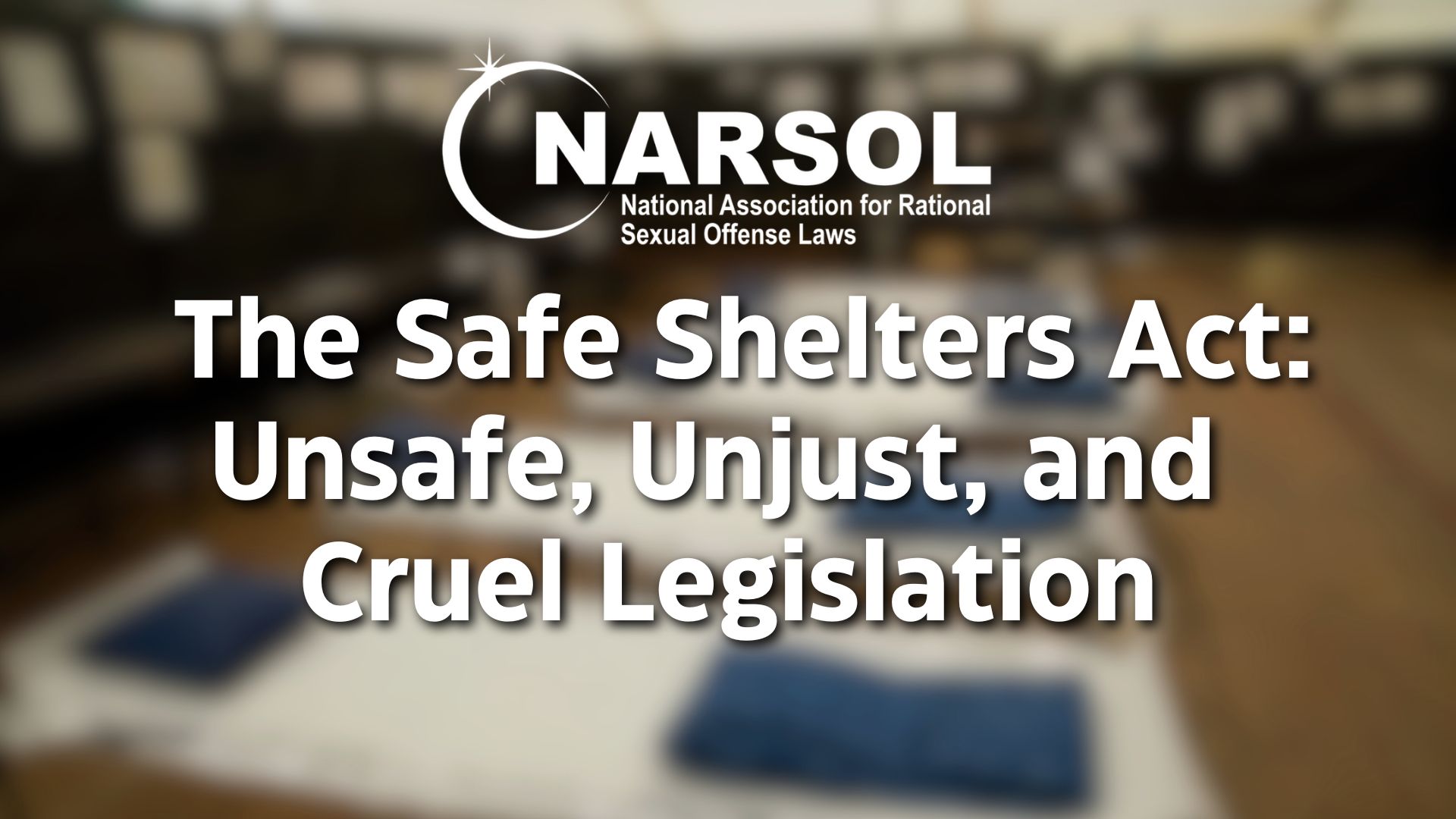Sexual offense laws: What does the future hold?
By Ken Abraham and Brenda Jones . . . Over the past 25 years, the U.S. has developed a pernicious system of sexual offense laws, including increased sentences and public registries of offenders. Based largely on unfounded hysteria surrounding a tiny fraction of high-profile cases, these laws today are a tangled mess and cause considerable injustice. The problems are caused in large measure by lawmakers’ desires to seem tough on crime and their lack of knowledge about the facts.
There is a very broad brush applied to the term “sex offender.” Most, in fact, are not people who have harmed a child or even attempted to harm a child. Being caught urinating behind a bush can land you as a “sex offender,” branded for life. And a steadily increasing proportion are people caught viewing illegal pictures on the internet.
These laws are especially harsh: In Delaware, a conviction for looking at one picture carries a mandatory sentence of two years. Prosecutors charge 25 counts, whether the number of photos found was 25 or 2,500, to force “plea bargains.” Few will risk going to trial facing 50 years in prison, on charges relatively easy to prove. These people need counseling, to be sure, but they do not need to be in prison. There is virtually no evidence that looking at pictures leads to inappropriate conduct.
Of course, it is much easier to find people looking at pictures than it is to prosecute those who are harming children; Ken Abraham knows from his experience as a prosecutor that it is almost impossible to find those who take the pictures of those kids! Therein is the problem: prosecutors do what is easy to build the number of convictions, so they can say they are protecting the public, when in fact, they are not really increasing public safety.
Much of the public perception of “sex offender” is wrong. For example, the Association for the Treatment of Sexual Abusers stated on its blog:
About 95% of sexual offenses are committed by previously unknown offenders. Resources committed to known offenders could be better spent on primary prevention.
About 97% of juveniles and nine of 10 adults do not sexually reoffend. Resources should focus on repeat offenders, while onerous civil regulations should be challenged.
Amid this insanity, though, we find an occasional breath of fresh air.
On January 2, 2018, the Illinois Sex Offenses and Sex Offender Task Force published a report detailing its recommendations to the Illinois General Assembly on implementation and impact of that state’s registration and residency restriction laws. The task force had been established in 2016 with the ambitious goals of (1) reviewing evidence-based practices and research on registration of former sexual offenders; (2) holding public hearings for testimony on the above; and (3) making recommendations to the general assembly to “more effectively classify sex offenders based on their level of risk of re-offending, better direct resources to monitor the most violent and high-risk offenders, and ensure public safety.”
Members of the National Association for Rational Sexual Offense Laws (“NARSOL”), specifically Illinois Voices, played an important role in hearings and meetings throughout 2017. Among the most interesting findings are that the most effective forms of treatment and supervision should be “tailored to address the risks and needs of individuals,” but Illinois lacks means to monitor and assess those needs, and that research does not show that registries or residency restrictions reduce sexual crimes or re-offense.
Brenda Jones is the executive director of National Association for Rational Sexual Offense Laws (NARSOL). Ken Abraham is a former prosecutor and the founder of Citizens for Criminal JUSTICE. Ken specializes in helping with pardons and applications for clemency/commutation—to get people out of prison—for those deserving of such measures.


